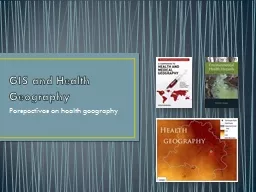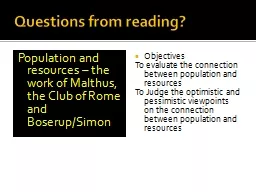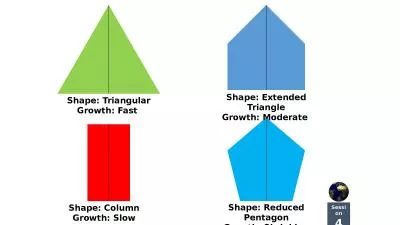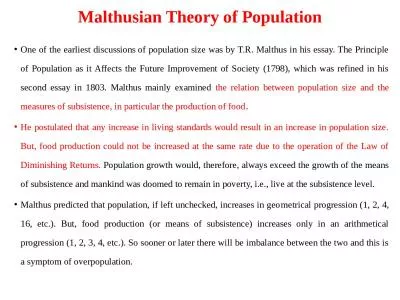PPT-Malthus and Boserup AP Human Geography
Author : kittie-lecroy | Published Date : 2018-03-14
Population and Migration Unit Thomas Malthus Ester Boserup Malthus Malthus believed that there was a finite optimum population in relation to food supply and that
Presentation Embed Code
Download Presentation
Download Presentation The PPT/PDF document "Malthus and Boserup AP Human Geography" is the property of its rightful owner. Permission is granted to download and print the materials on this website for personal, non-commercial use only, and to display it on your personal computer provided you do not modify the materials and that you retain all copyright notices contained in the materials. By downloading content from our website, you accept the terms of this agreement.
Malthus and Boserup AP Human Geography: Transcript
Download Rules Of Document
"Malthus and Boserup AP Human Geography"The content belongs to its owner. You may download and print it for personal use, without modification, and keep all copyright notices. By downloading, you agree to these terms.
Related Documents














